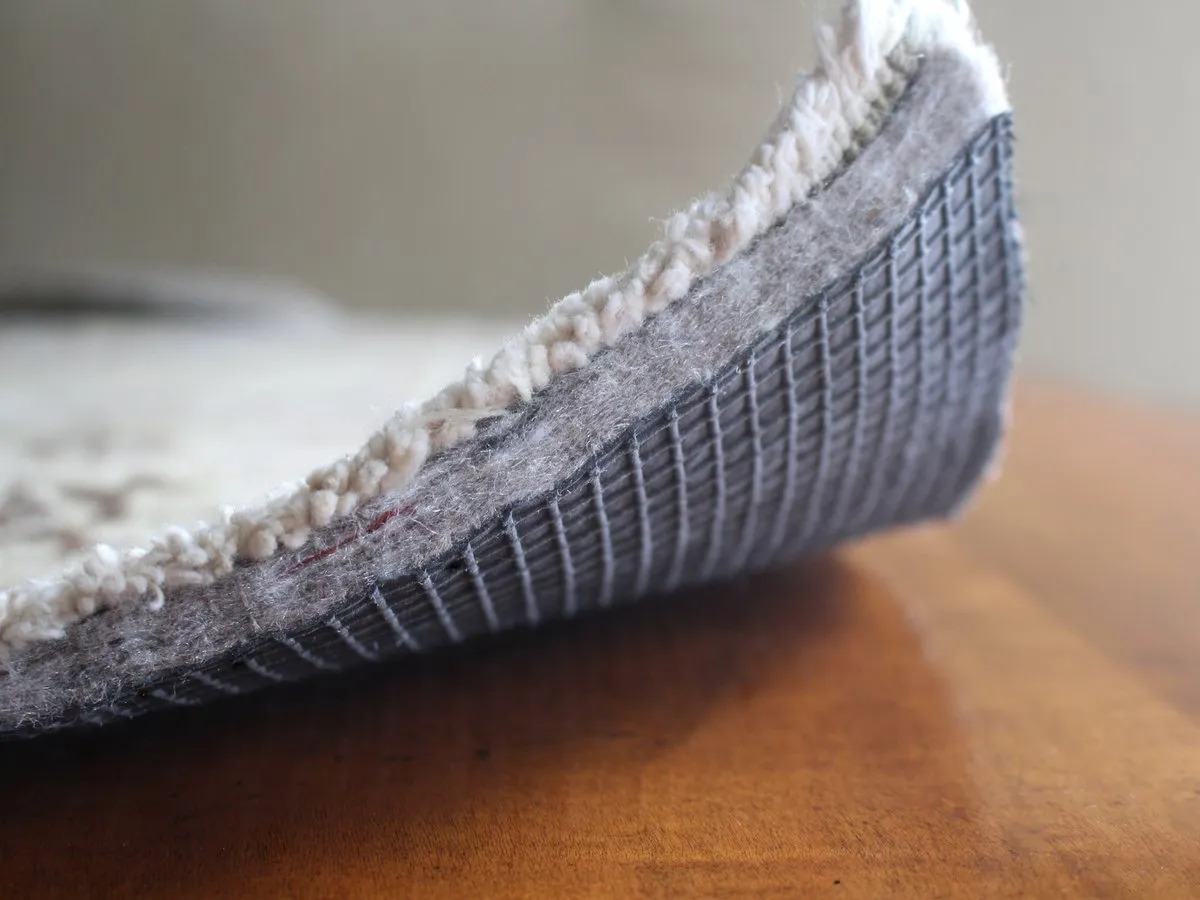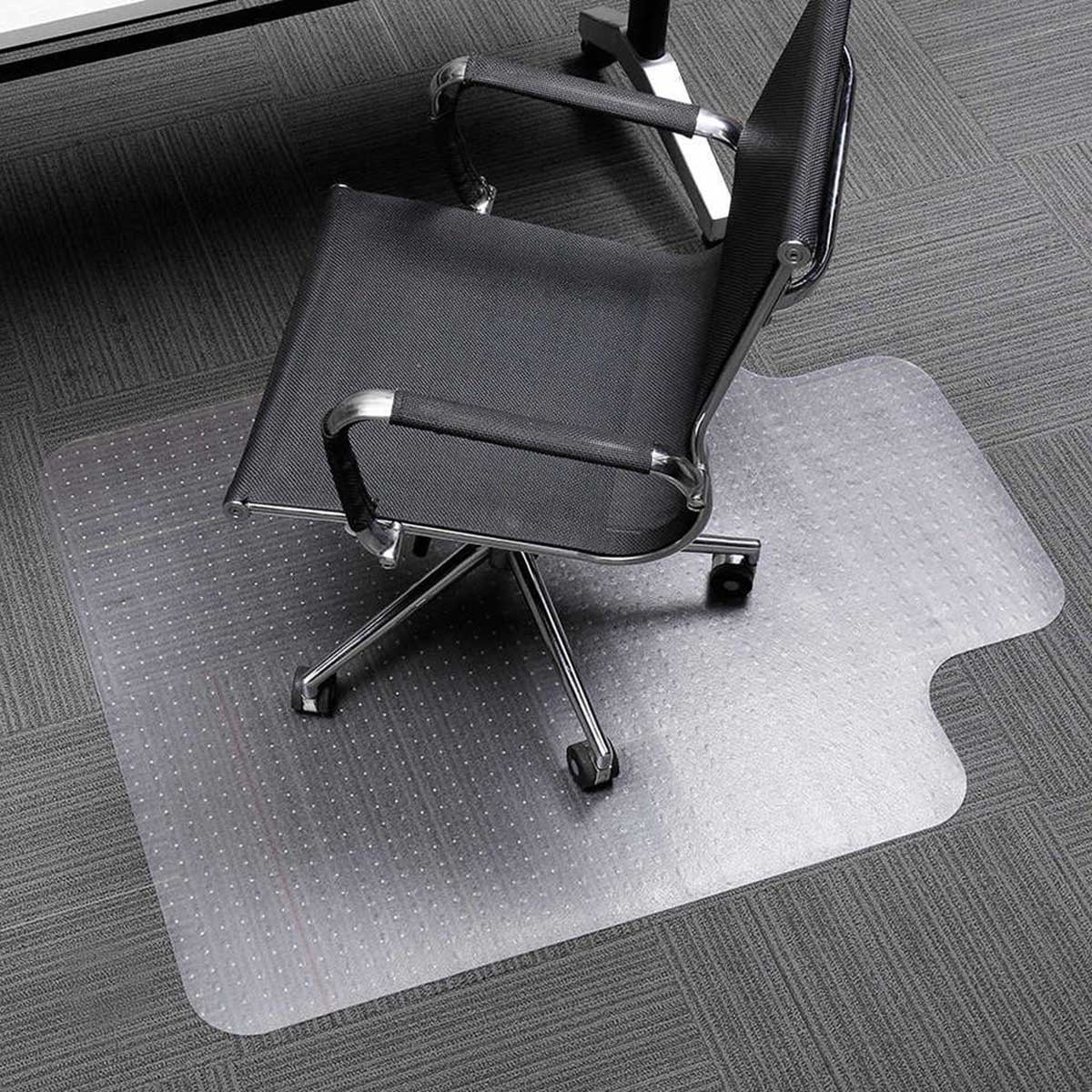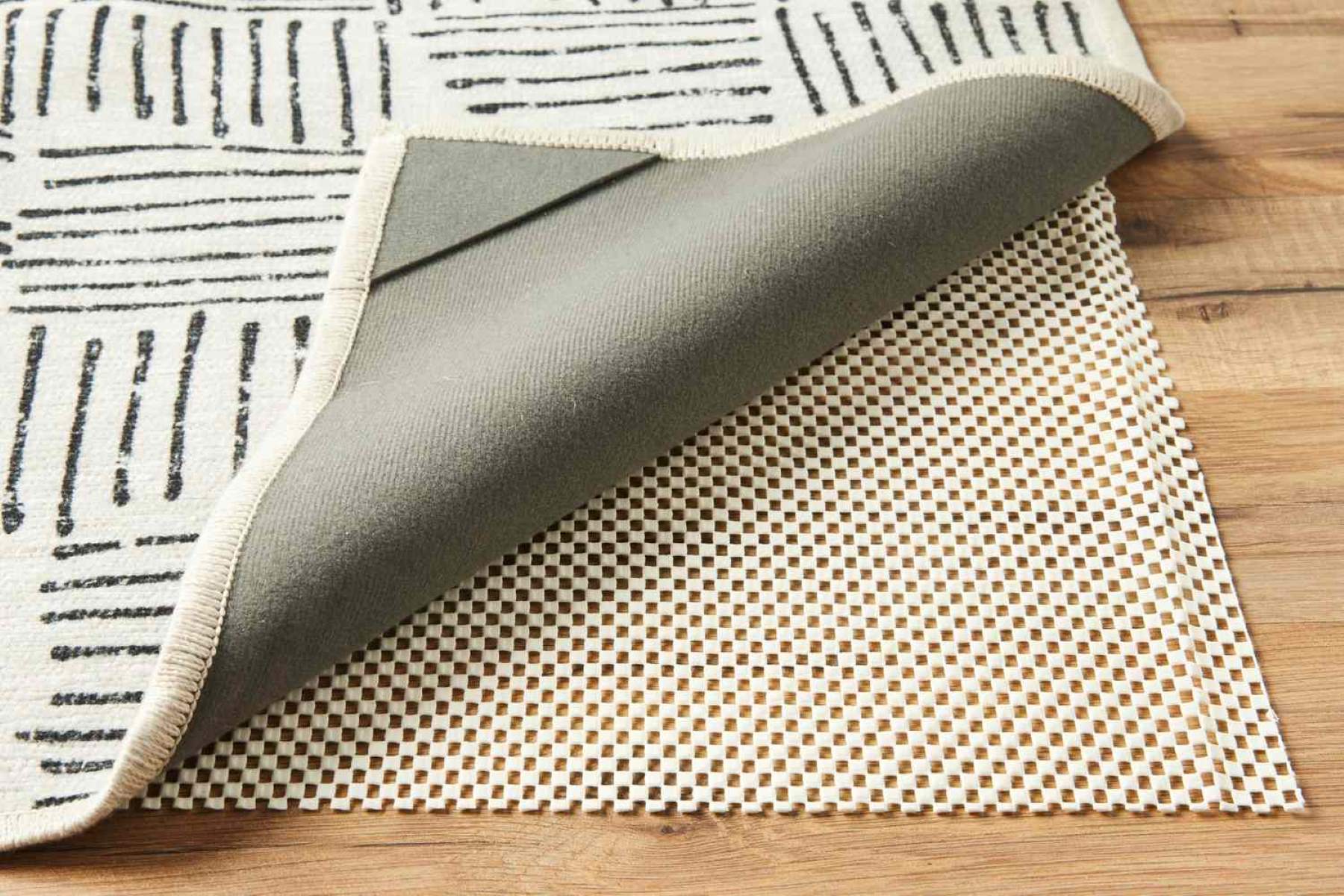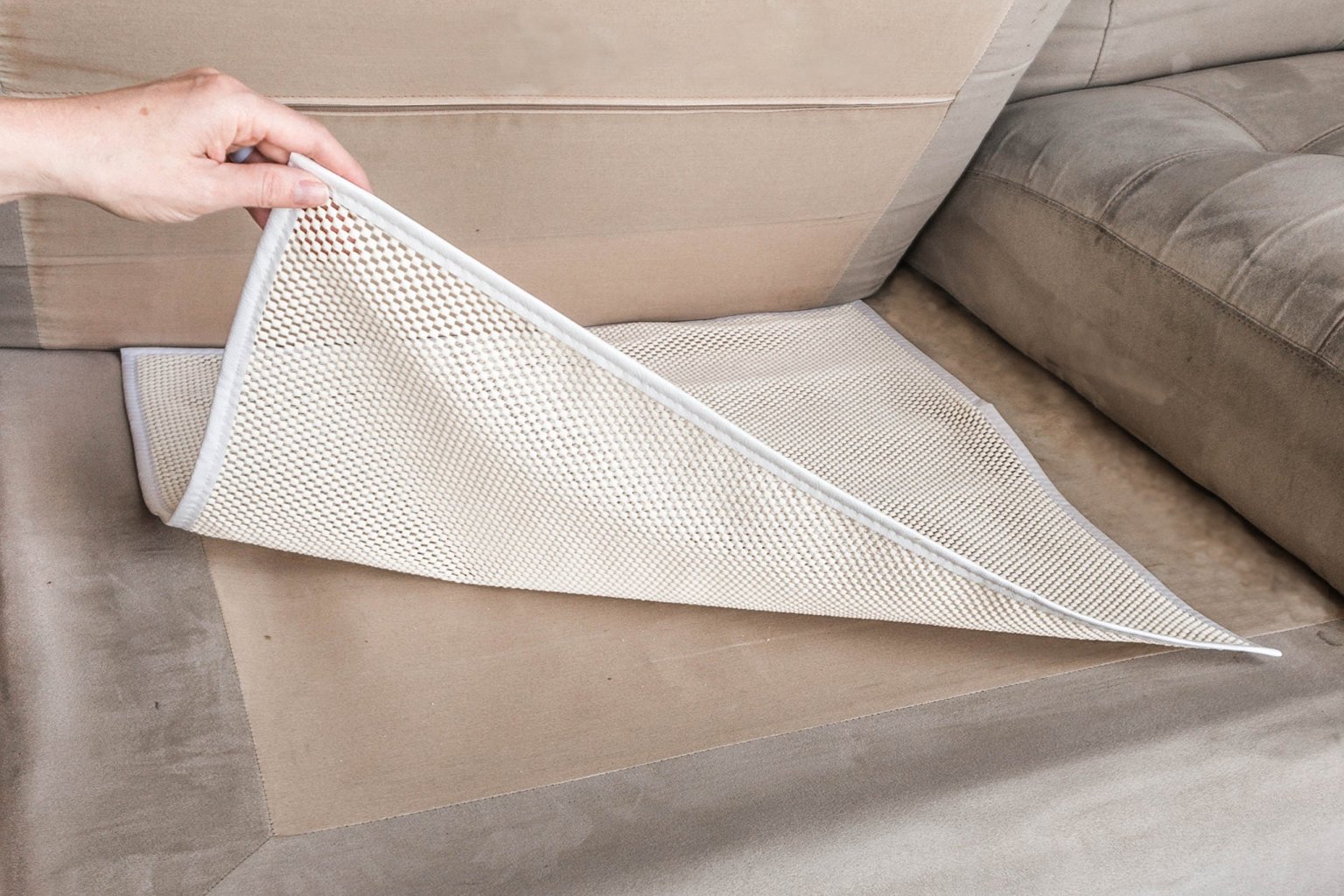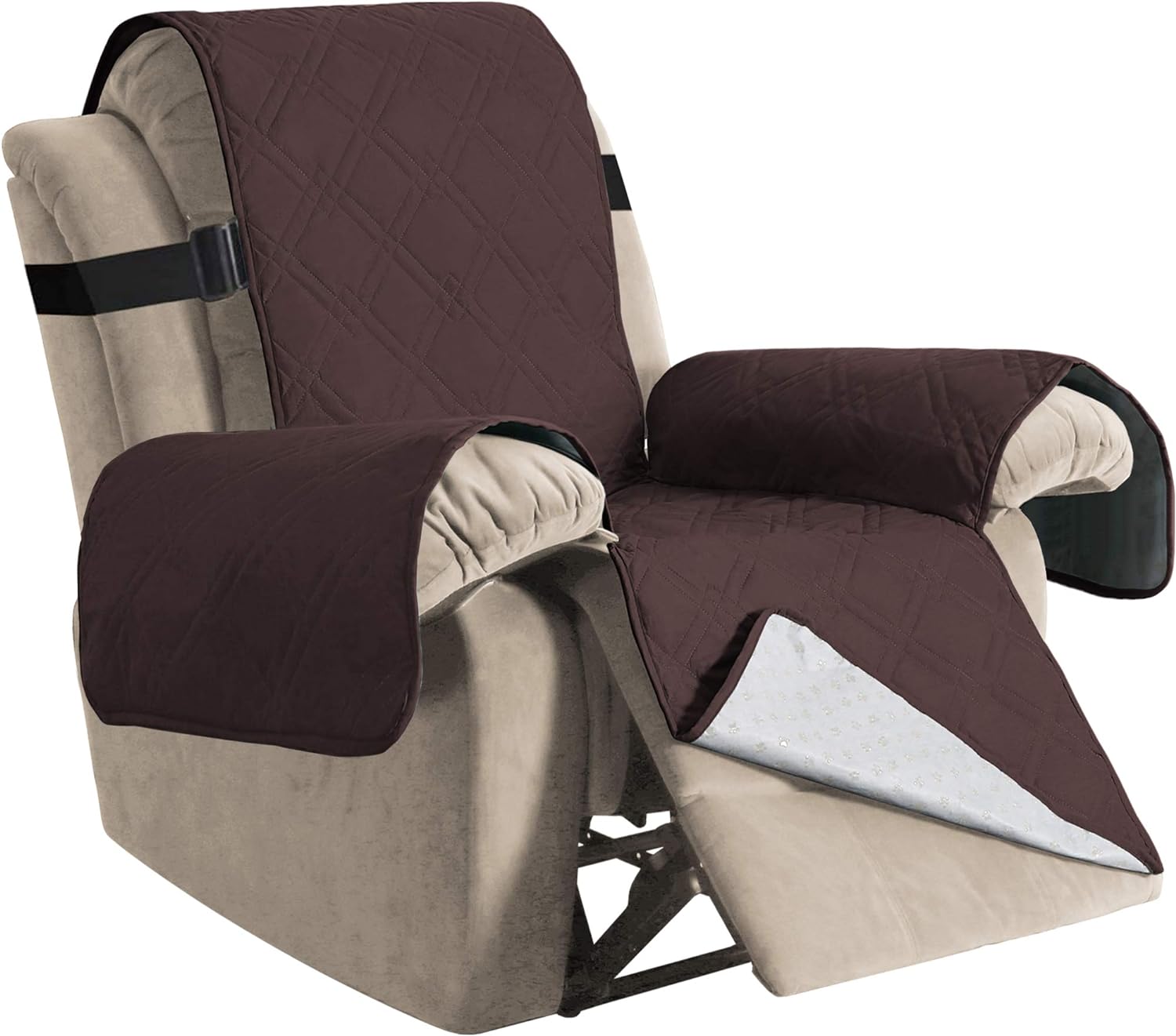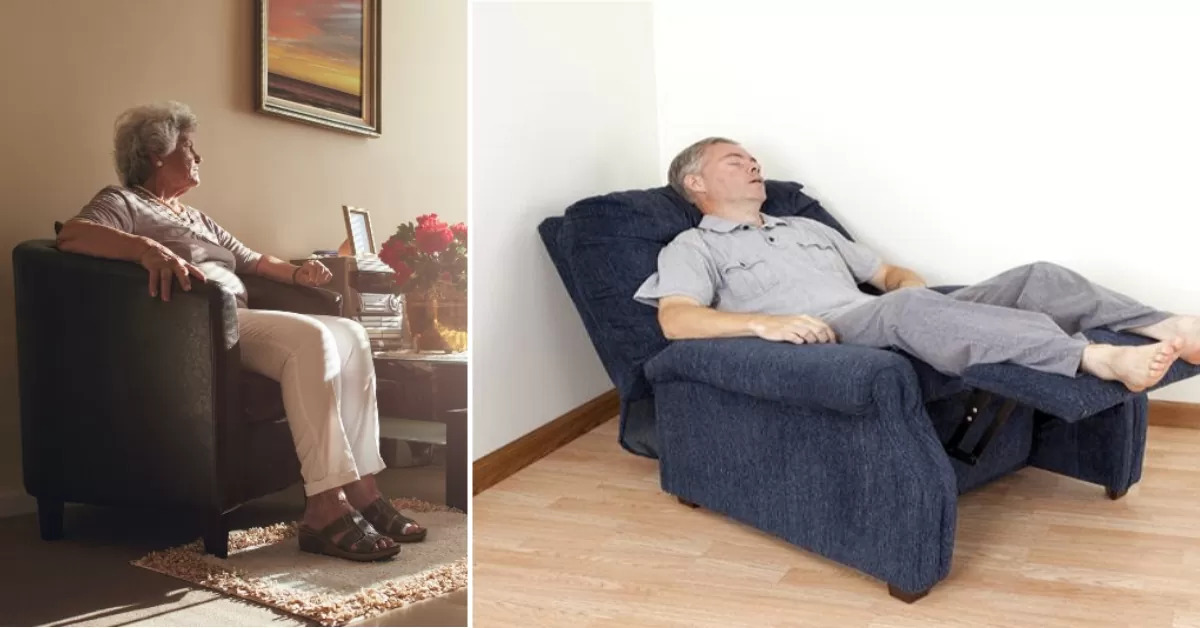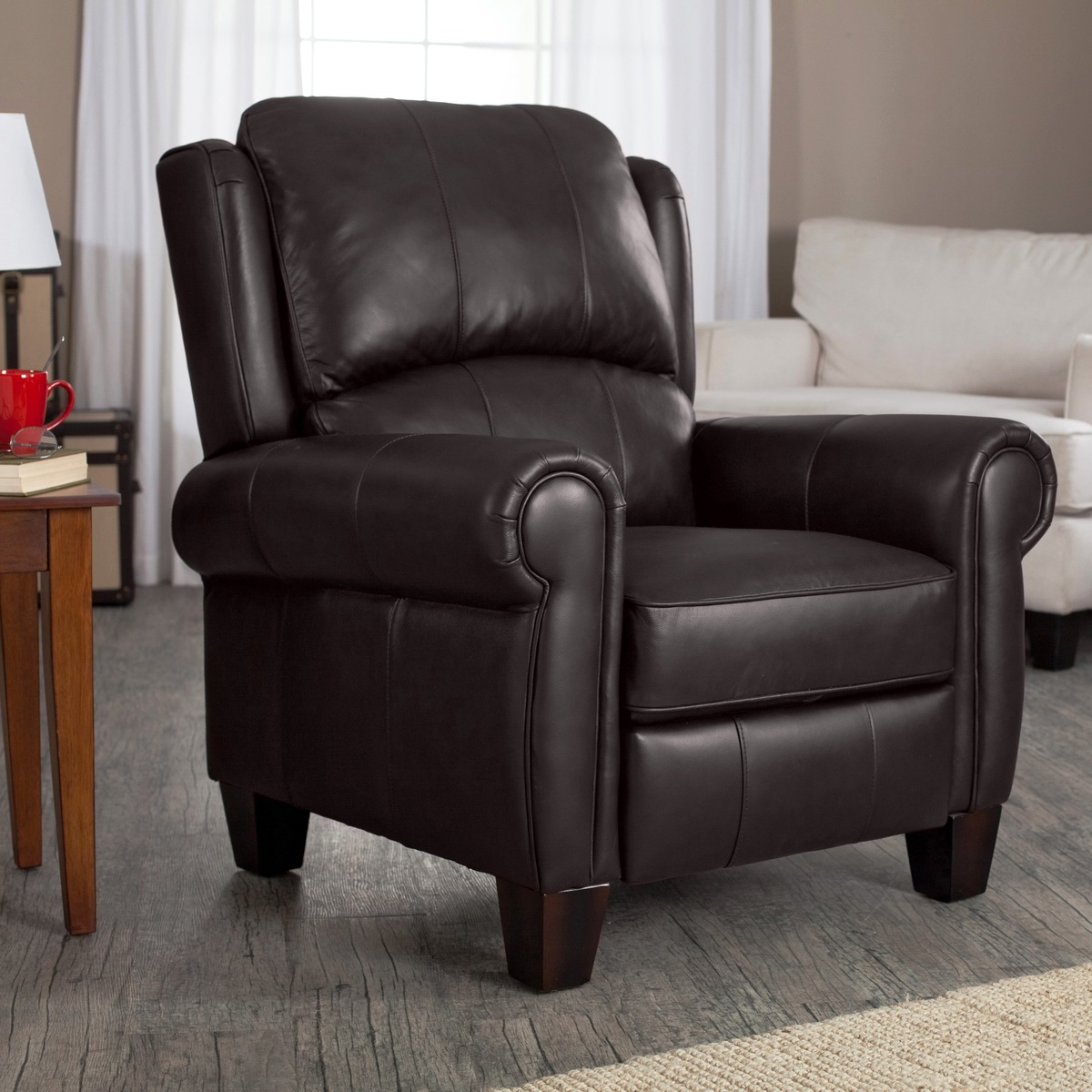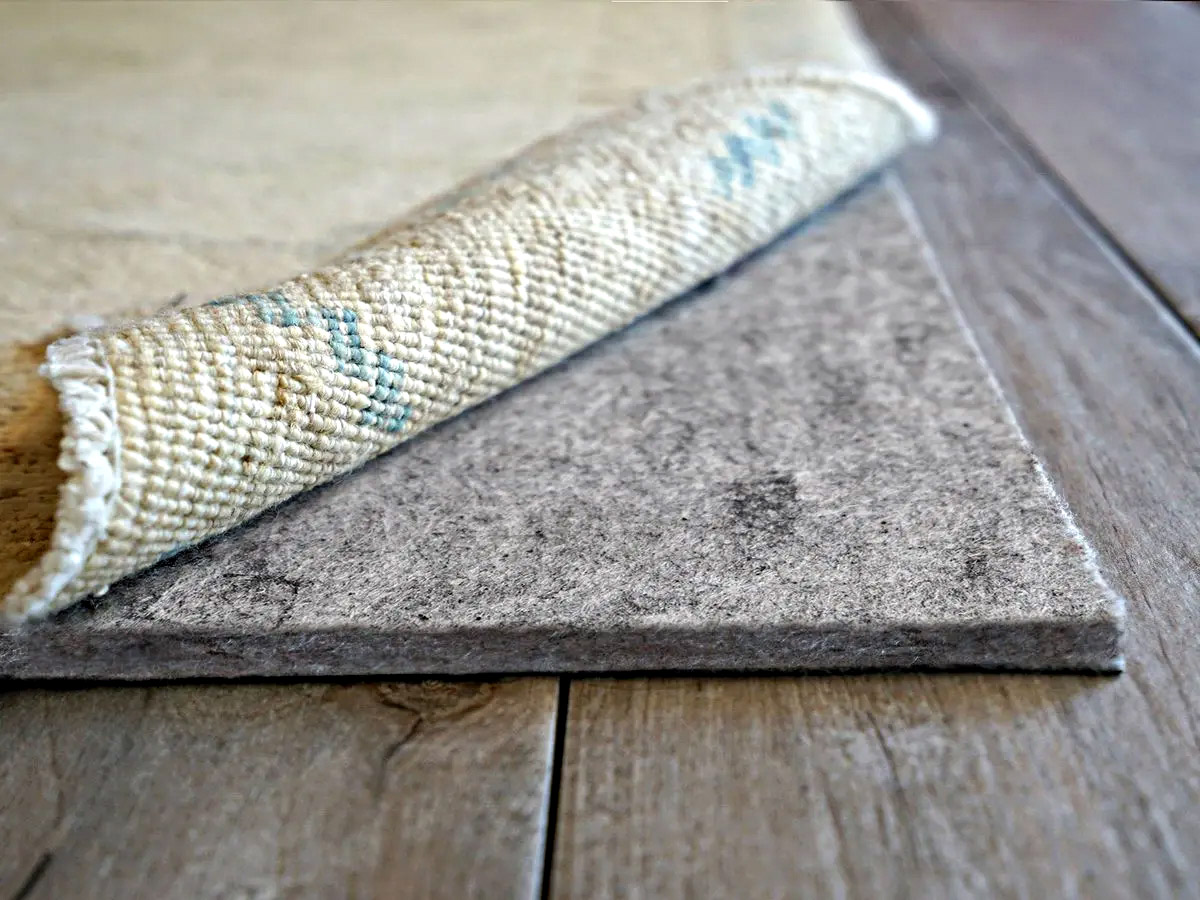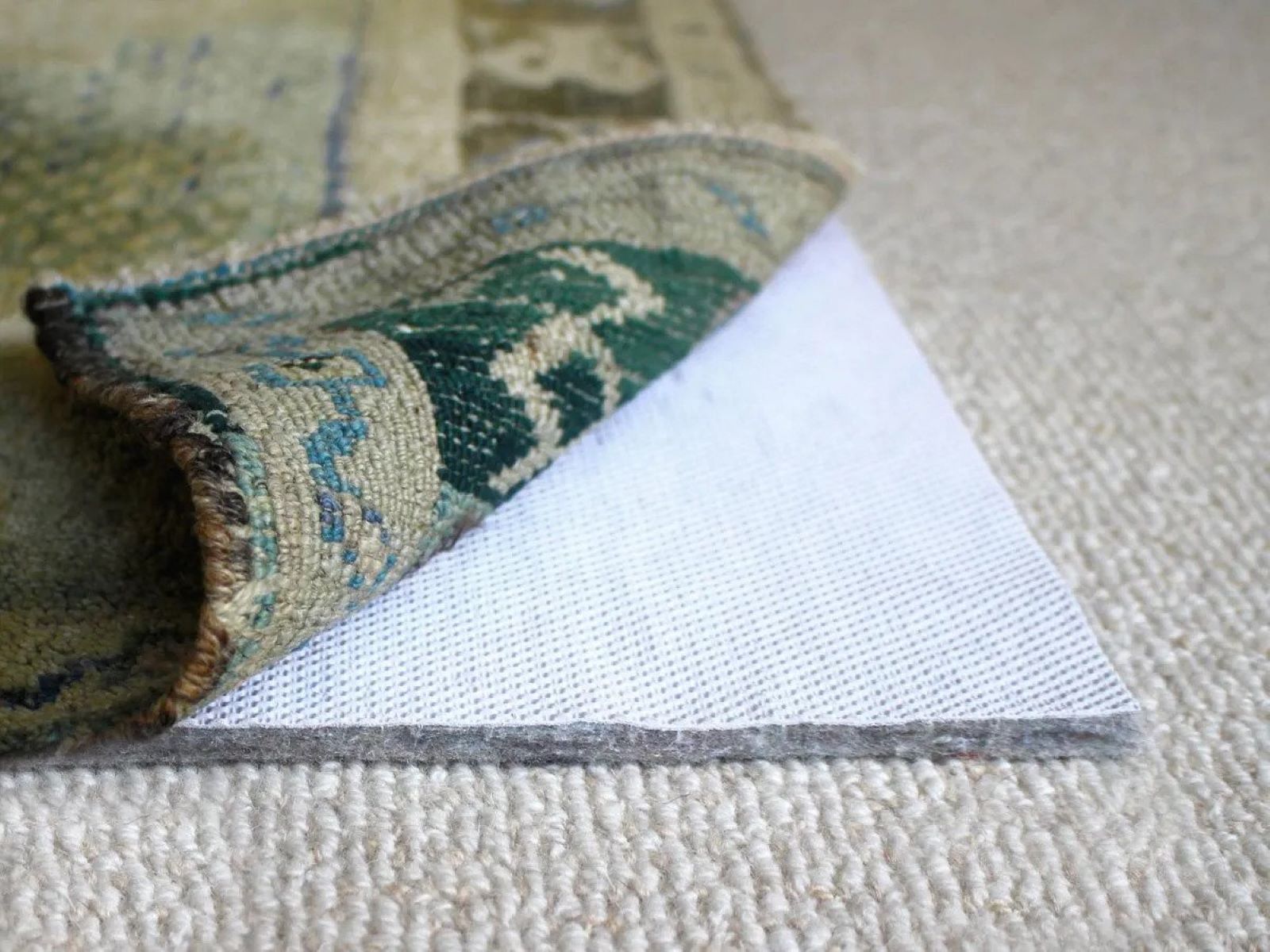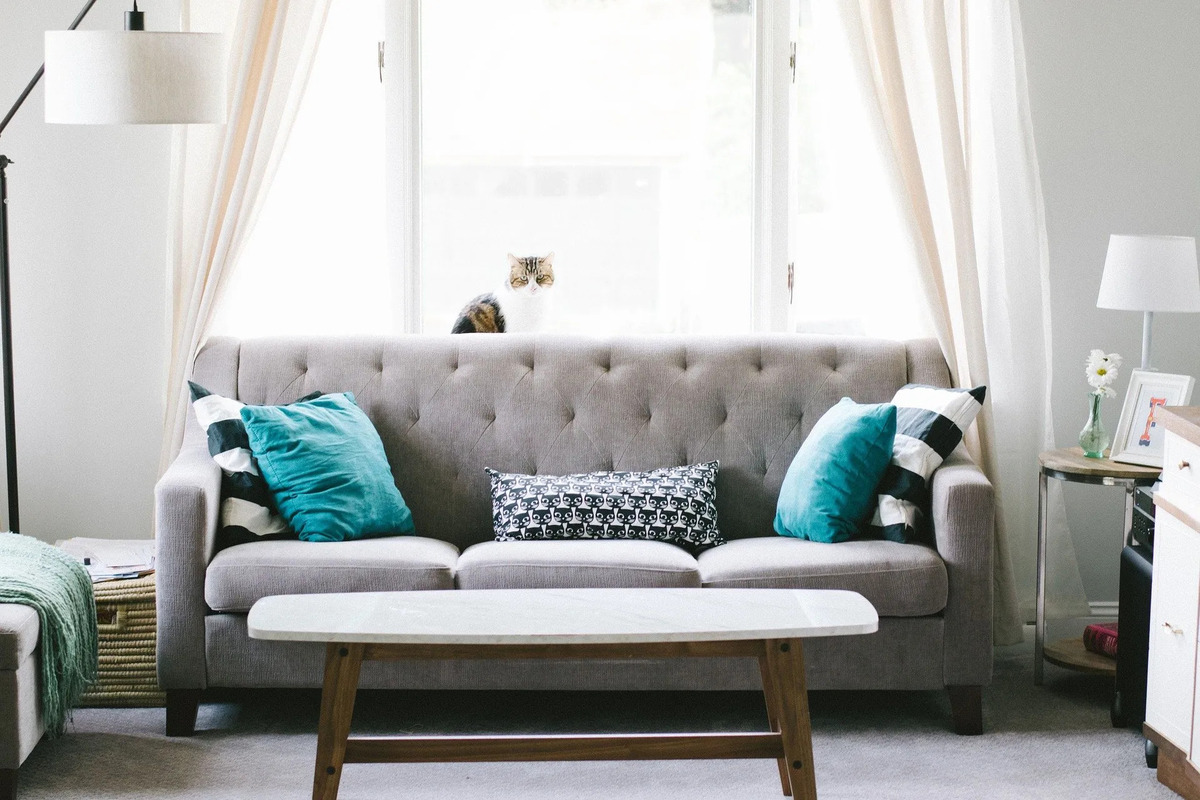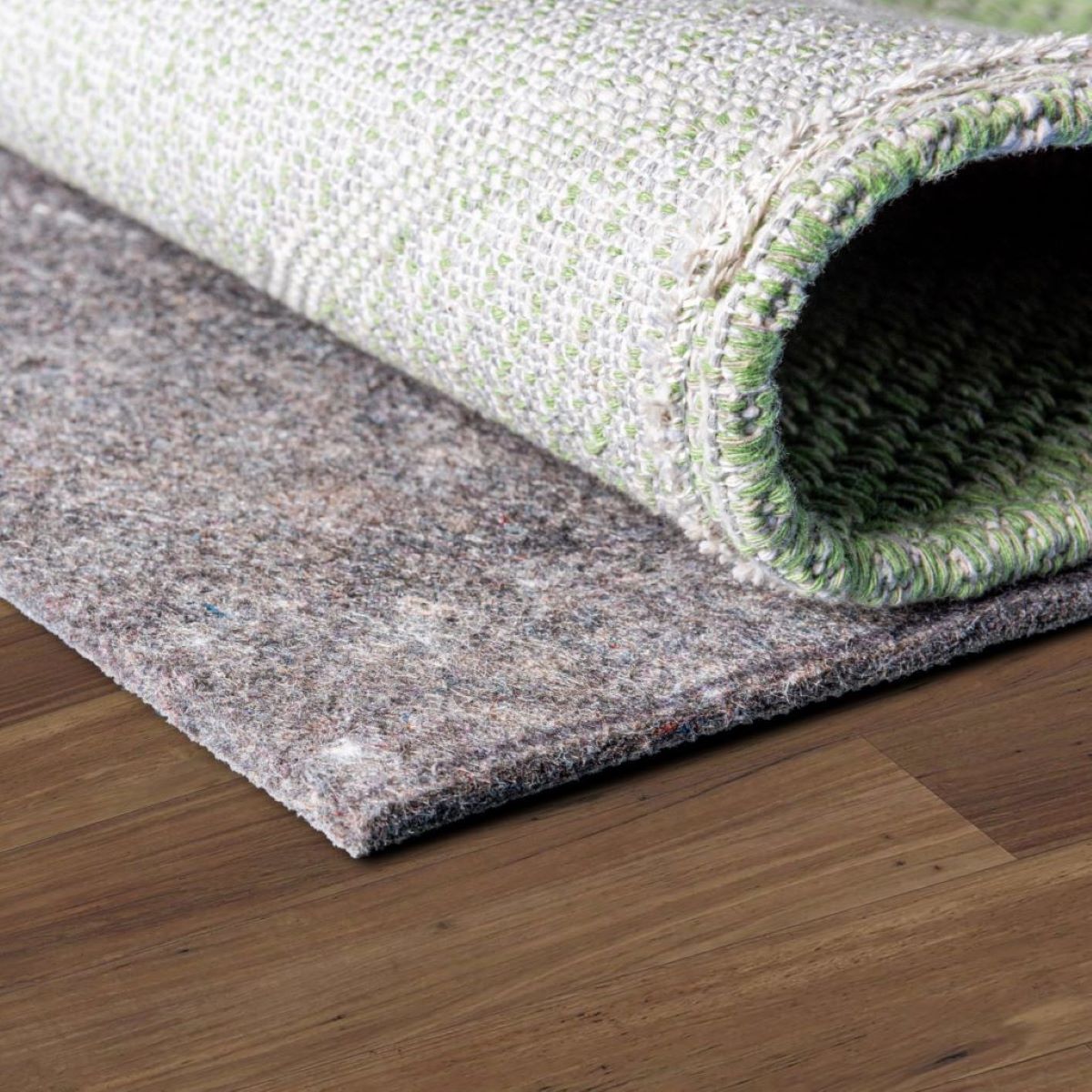Home>Articles>How To Prevent A Recliner From Sliding On A Carpet
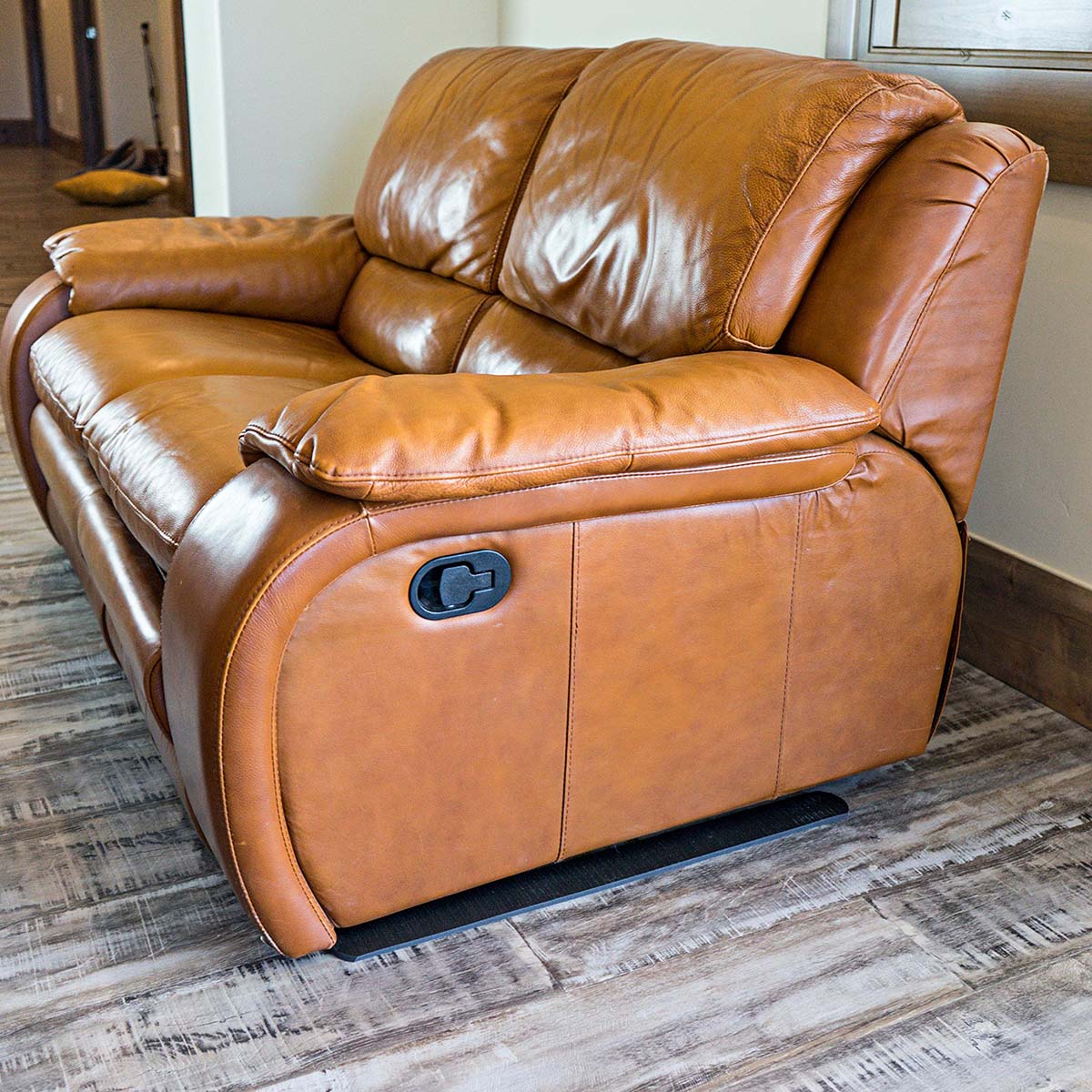

Articles
How To Prevent A Recliner From Sliding On A Carpet
Modified: October 18, 2024
Learn effective techniques to prevent your recliner from sliding on a carpet with these helpful articles. Stop the frustration with simple solutions and enjoy stability and comfort in your living space.
(Many of the links in this article redirect to a specific reviewed product. Your purchase of these products through affiliate links helps to generate commission for Storables.com, at no extra cost. Learn more)
Introduction: The Importance of Preventing a Recliner from Sliding on a Carpet
Imagine coming home after a long day, looking forward to relaxing in your favorite recliner. You settle down and get comfortable, but as soon as you lean back, the recliner starts to slide on the carpet. Frustrating, isn’t it?
Preventing a recliner from sliding on a carpet is not only essential for your comfort but also for safety reasons. A sliding recliner can cause accidents and damage to your flooring. Thankfully, there are several effective methods to keep your recliner in place, ensuring a stress-free and enjoyable experience every time you sit down.
In this article, we will explore different techniques and solutions that will help you keep your recliner firmly anchored to the carpet. Whether you have a plush, thick carpet or a sleek, low-pile one, you’ll discover options suitable for any type of flooring.
Let’s dive into these methods and reclaim your recliner’s stability!
Key Takeaways:
- Keep your recliner stable on carpet with rubber gripping pads, non-slip furniture grippers, Velcro strips, double-sided carpet tape, or furniture feet protectors. Enjoy a safe and comfortable seating experience without worrying about sliding.
- Regularly check and replace worn-out components, distribute weight evenly, adjust the recliner’s position, use a rug or gripper pad, and ensure proper assembly to maintain stability. Enjoy your recliner on any carpeted surface with peace of mind.
Method 1: Using Rubber Gripping Pads
Rubber gripping pads are an effective solution to prevent your recliner from sliding on a carpet. These pads provide a strong grip and create friction between the recliner’s feet and the carpet, keeping it in place.
Here are the steps to place rubber gripping pads under the recliner:
- Clean the area where the rubber pads will be placed. Make sure there is no dirt or debris that could affect their adhesive properties.
- Measure the size of each recliner foot to determine the appropriate size of rubber gripping pads. It’s important to choose pads that are slightly smaller than the base of the foot to ensure full contact with the carpet.
- Peel off the backing from the adhesive side of the rubber gripping pads.
- Place one pad on each foot of the recliner, ensuring that they are properly aligned.
- Press down firmly on each pad to make sure they adhere securely to the feet.
- Test the recliner by sitting in it and applying pressure to check if it remains stable on the carpet.
Rubber gripping pads offer a simple and affordable solution to keep your recliner in place. They are easily removable and reusable, making it convenient for repositioning your furniture if needed. Remember to periodically check the pads for any signs of wear and replace them if necessary to maintain optimal grip.
Method 2: Using Non-Slip Furniture Grippers
Non-slip furniture grippers are another effective solution for preventing your recliner from sliding on a carpet. These grippers are designed with specially formulated materials that provide a strong grip on both the carpet and the recliner’s legs, keeping it securely in place.
Here is some information about non-slip furniture grippers:
- Non-slip furniture grippers are typically made of rubber or silicone, which offers excellent traction and grip.
- They come in various shapes and sizes to accommodate different recliner leg designs.
- Some non-slip grippers have adhesive backing, while others may use friction or suction to stay in place.
- These grippers are durable and long-lasting, providing a reliable solution to prevent sliding.
Now, let’s look at the steps to attach non-slip furniture grippers to the recliner’s legs:
- Start by cleaning the legs of the recliner to ensure a clean surface for the grippers to adhere to.
- Measure the size of each leg and select the appropriate size of non-slip furniture grippers.
- If the grippers have adhesive backing, peel off the protective paper to expose the adhesive side.
- Align the grippers with the legs and press them firmly into place, ensuring that they are centered and secure.
- Apply pressure to each gripper to ensure a strong bond between the gripper and the leg of the recliner.
- Allow the adhesive to set according to the manufacturer’s instructions before using the recliner.
Non-slip furniture grippers provide an excellent solution to keep your recliner stable on the carpet. They are easy to install and can be repositioned if needed. With these grippers in place, you can enjoy your recliner without worrying about it sliding around.
Method 3: Using Velcro Strips
Velcro strips are a versatile and convenient option for ensuring the stability of your recliner on a carpet. Velcro utilizes hook and loop fastening technology to securely attach the recliner to the carpet, preventing any unwanted sliding.
Here is an introduction to using Velcro strips for recliner stability:
- Velcro strips consist of two components: the hook side and the loop side. The hook side has small, stiff hooks, while the loop side has soft, fuzzy loops.
- Velcro is commonly used in various applications, including fastening fabrics, shoes, and even in the aerospace industry.
- When used for recliner stability, Velcro creates a strong and reliable bond between the recliner and the carpet, keeping it securely in place.
Now, let’s explore the steps to apply Velcro strips to the recliner and carpet:
- Clean the areas where the Velcro strips will be applied. Ensure that both the recliner’s legs and the carpet are free of dust and debris.
- Measure and cut the Velcro strips to the desired length, taking into account the size of the recliner’s legs.
- Attach the hook side of the Velcro strip to the bottom of each leg. Ensure that it is positioned securely and centered.
- Remove the adhesive backing from the loop side of the Velcro strip.
- Press the loop side of the Velcro strip firmly onto the carpet where the recliner’s legs will rest.
- Apply pressure to ensure a secure bond between the Velcro strip and the carpet.
- Repeat the process for each leg of the recliner.
With Velcro strips in place, your recliner will stay firmly anchored to the carpet, eliminating any worries about it sliding around. Velcro provides a strong and adjustable solution, allowing you to easily reposition the recliner if needed.
Place a non-slip rug pad under the recliner to prevent it from sliding on the carpet. This will provide grip and stability, keeping the recliner in place.
Method 4: Using Double-Sided Carpet Tape
Double-sided carpet tape is a reliable and efficient method to secure your recliner on a carpeted surface. This adhesive tape provides a strong bond between the recliner’s feet and the carpet, preventing any undesired movement.
Here is an explanation of double-sided carpet tape:
- Double-sided carpet tape is a type of adhesive tape with adhesive on both sides. One side adheres to the recliner’s feet, while the other side sticks firmly to the carpet.
- It is designed specifically for use on carpets and provides a strong and long-lasting bond.
- The double-sided tape is usually made with a strong adhesive that can withstand the weight and movement of the recliner.
- It is commonly used in various applications, including carpet installation, rug placement, and securing furniture.
Now, let’s explore the steps to secure the recliner with double-sided carpet tape:
- Clean the bottom of the recliner’s feet and the area of the carpet where the feet will rest. Ensure they are free from dust and debris.
- Measure and cut the double-sided carpet tape into appropriate lengths for each foot of the recliner.
- Peel off the backing from one side of the tape to expose the adhesive.
- Apply the tape to the bottom of the recliner’s feet, ensuring it is centered and covers the entire surface.
- Remove the backing from the other side of the tape to expose the second adhesive surface.
- Press the recliner firmly onto the desired spot on the carpet.
- Apply pressure to each foot to ensure a strong bond with the carpet.
With double-sided carpet tape, you can rest assured that your recliner will remain securely in place, without any worries of it sliding on the carpet. It provides a simple and effective solution that can withstand the regular use of your recliner.
Method 5: Using Furniture Feet Protectors
Furniture feet protectors are a practical and versatile option to prevent your recliner from sliding on a carpet. These protectors not only provide stability but also offer protection to your flooring from scratches and damage caused by the recliner’s legs.
Here is some information on furniture feet protectors:
- Furniture feet protectors come in various materials such as rubber, silicone, or felt.
- They are designed to fit securely over the bottom of the recliner’s legs, providing a cushioned and non-slip surface.
- These protectors typically have a grippy texture or a felt bottom, resulting in increased traction on the carpet.
- They help distribute the weight of the recliner more evenly, reducing the chances of it sliding.
Now, let’s look at the steps to install furniture feet protectors on the recliner’s legs:
- Start by measuring the size of each leg of the recliner to determine the appropriate size of the furniture feet protectors.
- Clean the bottom of the legs to ensure a clean surface for the protectors to adhere to.
- If the protectors have a snug fit, apply a small amount of soapy water to the inside of the protector to ease installation.
- Push or screw the furniture feet protectors onto the bottom of each leg until they are securely in place.
- Ensure that the protectors are aligned and centered on each leg for optimal stability.
- Test the recliner by sitting in it and applying pressure to check if it remains stable on the carpet.
- Regularly inspect the furniture feet protectors for wear and tear, and replace them as needed to maintain their effectiveness.
Furniture feet protectors provide a multi-functional solution, offering stability, floor protection, and noise reduction. With these protectors in place, you can enjoy the comfort of your recliner without the worry of it sliding or causing damage to your carpet.
Conclusion: Preventing a Recliner from Sliding on a Carpet
Sliding recliners can be both frustrating and potentially dangerous. Thankfully, there are several effective methods to keep your recliner firmly anchored to the carpet, ensuring a stable and safe seating experience. Let’s recap the different methods discussed in this article:
- Using Rubber Gripping Pads: These pads create friction between the recliner’s feet and the carpet, preventing sliding.
- Using Non-Slip Furniture Grippers: These grippers provide a strong grip on the carpet and the recliner’s legs, keeping it securely in place.
- Using Velcro Strips: Velcro strips create a reliable bond between the recliner and the carpet, ensuring stability.
- Using Double-Sided Carpet Tape: This adhesive tape forms a strong connection between the recliner’s feet and the carpet, preventing any sliding.
- Using Furniture Feet Protectors: These protectors offer stability, floor protection, and noise reduction, while preventing sliding.
By implementing any of these methods, you can enjoy the comfort of your recliner without worrying about it sliding around on the carpet. However, it’s worth keeping in mind a few additional tips and suggestions for maintaining recliner stability:
- Regularly check and replace any worn-out or damaged components of the selected method you are using.
- Take into consideration the weight distribution on the recliner to ensure optimal stability.
- Adjust the position of the recliner from time to time to avoid excessive wear on specific spots of the carpet.
- Consider placing a rug or carpet gripper pad under the recliner for added traction and stability.
- Ensure that the recliner is correctly assembled and all fasteners are securely tightened to prevent any wobbling or looseness.
Remember, the goal is not only to prevent the recliner from sliding but also to create a safe and comfortable seating experience. By applying these methods and following the tips mentioned, you can enjoy your recliner on any carpeted surface with peace of mind.
Frequently Asked Questions about How To Prevent A Recliner From Sliding On A Carpet
Was this page helpful?
At Storables.com, we guarantee accurate and reliable information. Our content, validated by Expert Board Contributors, is crafted following stringent Editorial Policies. We're committed to providing you with well-researched, expert-backed insights for all your informational needs.
